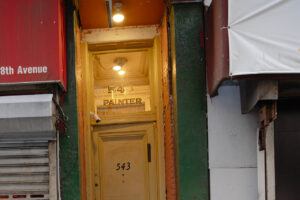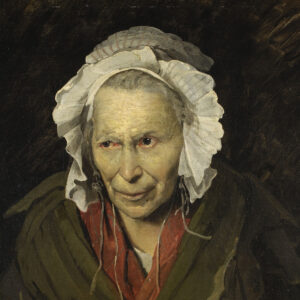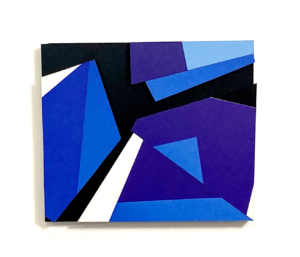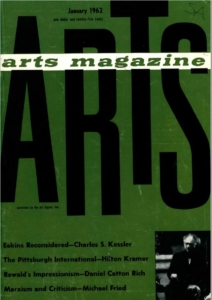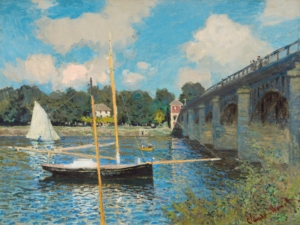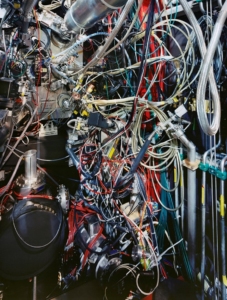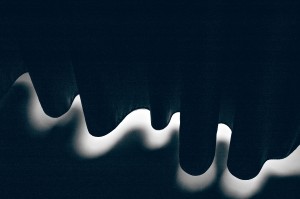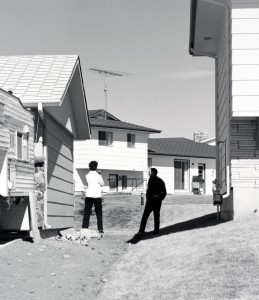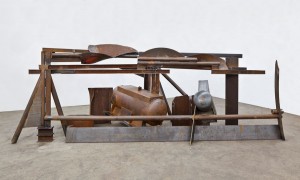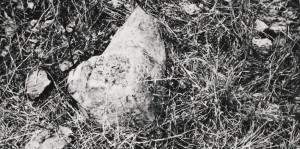What I mean is the following: the technology photographs appear full of—in effect charged with—the evidence of human intentions. That is, we do not doubt for a moment that every wire, every length of tubing, every switch, diode, transistor, condenser, resistor, amplifier, oscillator, and voltage regulator…every electronic device and accessory however small and inconspicuous, was positioned where it is shown to be by a human agent or a team of human agents so as to bring about a nested series of specific outcomes. At the same time, equally crucial to my account, no matter how hard or closely or committedly one looks one is absolutely unable to grasp either the larger, overarching purpose of the tokamak itself…or for that matter the lesser, partial purposes of the individual devices and their connections.
